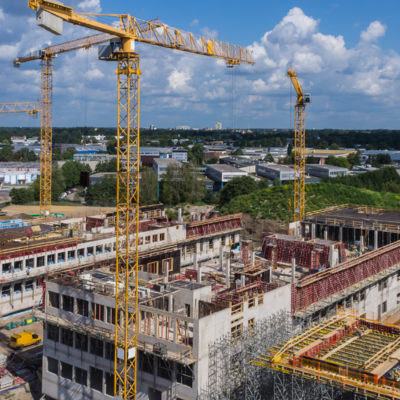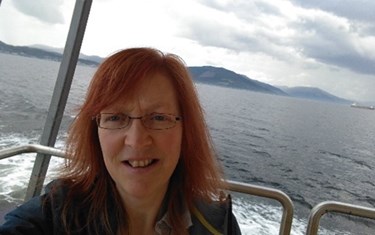By Dr Darren Bell MRTPI
Policy pronouncements and rhetoric on tacking the housing ‘crisis’ ramp up, planners continue to work out how to meet housing needs whilst grappling with other critical objectives (climate change, biodiversity and achieving ‘beauty’ to name a few).
Strategic development sites, such as new settlements or sustainable urban extensions, continue to offer a genuine opportunity to achieve not only a longer term solution to maintaining housing supply but also well designed, accessible, healthy and socially inclusive communities.
Many good projects are already working their way through the planning system (some badged as garden communities but not all) and the RTPI published useful Practice Guidance back in 2019 based on sites in South west England.
Without doubt there are challenges of planning at this scale, not least navigating the plan making process, local opposition and delivering the infrastructure. Reflecting on my own experiences of working with both development promoters and local authorities, there are some common factors that can reduce the risks and help achieve sustainable and deliverable schemes. All of these involve a long-term commitment and enthusiasm for joint and collaborative working so if your default approach is planning by appeal, please stop reading. I have picked out five key take aways.
- From the outset explore the Art of the Possible. Look to understand the geography, the economic and social inter-relationships and consider what could be achieved ‘if only’. Pose the question, if strategic growth were to happen, where would it work best how could it be best achieved? Establish a shared vision and principles at the early stage to set the course and express the ambition.
- Make sure the design process is a joint endeavour. No single individual or organisation has all the answers but a design team worth their weight will be happy to share, listen, review and revise plans and documents. Set piece independent design reviews can help but there is no substitute for a more involved process of design iteration with a range of interests and expertise over the longer term.
- Engage people from the outset and throughout the process. There will be difficult conversations but there is no other realistic option when planning at this scale. The strategy of disappearing behind closed doors only to emerge with fully worked up proposals will likely result in more misunderstandings, more opposition, more cost and, quite possibly, a worse outcome.
- Ensure there is both inclusive governance and leadership. Politicians were once famously divided into signposts and weathercocks. Planning at this scale requires both. Take a ‘Development Team’ approach steered by clear political and corporate leadership about the direction of the project.
- Agree a logical planning sequence that works for the project. Clear policies, robust site-wide frameworks and outline permissions well connected to the future detail with design codes all play an important part in ensuring the original vision can be delivered. Not everything should be fixed from the start but there does need to be an agreed process for dealing with the next level of detail.
For more, join the RTPI Online CPD Masterclass Planning for Strategic Development Sites. Key lessons from plan making through to applications and permissions will be explored, with the help of my own experiences, other cases and your own learning activities.



